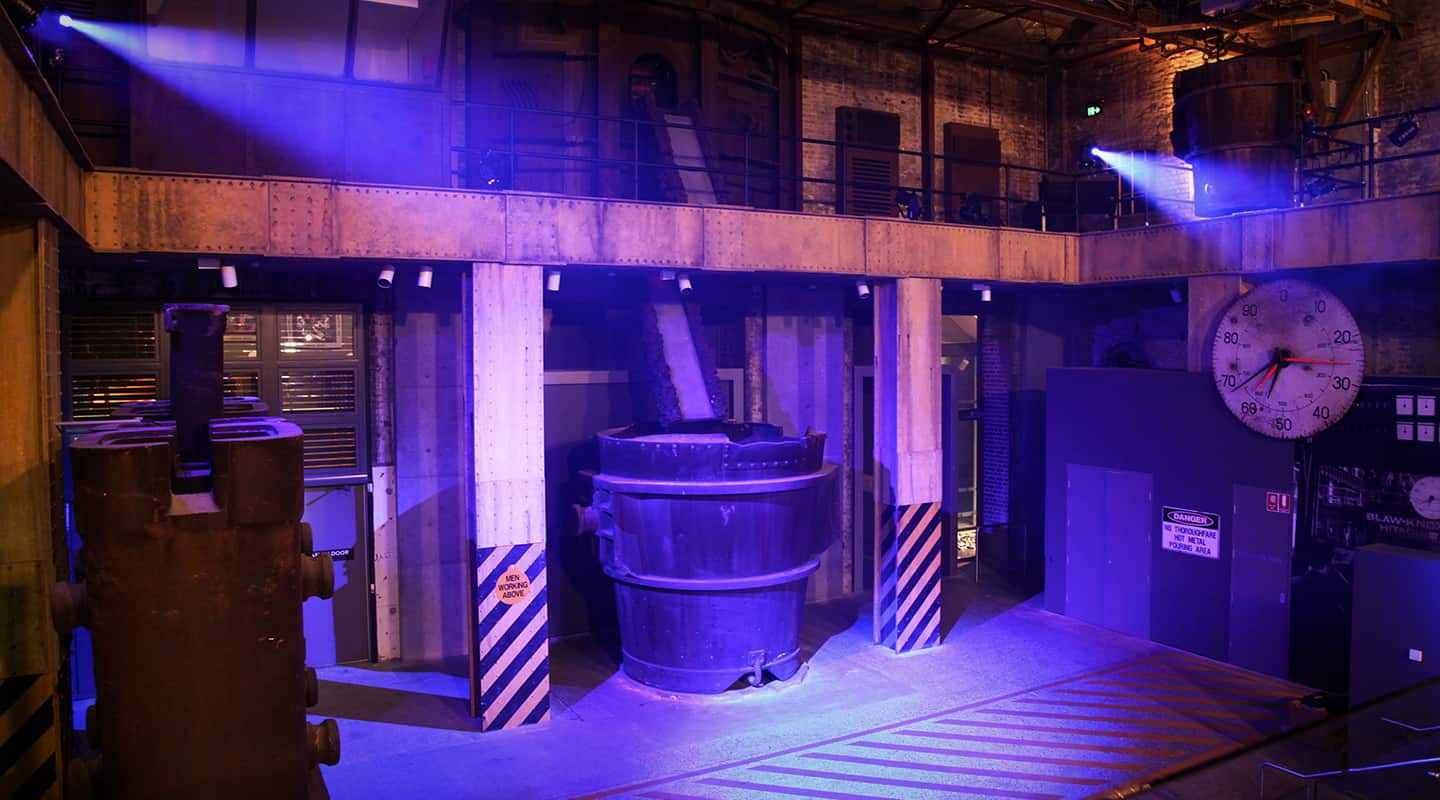
Steel The Show
Newcastle Museum: faking the making of steel in a disused railway shed.
Text:/ Graeme Hague
Images courtesy Mental Media
It’s good to see that in our exciting, modern day and age of 3D projection and audiovisual trickery there’s still room for some traditional theatrecraft when it comes to creating an illusion. The Newcastle Museum recently relocated to new facilities at the old railway workshops, adjacent to the Civic Railway Station in the heart of Newcastle, and as part of the relocation – and with regard to the historical place they occupy in the heritage of Newcastle – BHP saw an opportunity to provide sponsorship to develop a gallery devoted to the story of steel making in the region.
As part of the development, which began in 2011, Mental Media was commissioned by the City of Newcastle to design, produce and install ‘a dramatic audiovisual program which will interpret the excitement, colour, drama and noise which is inherent in the steelmaking process’. All of this is to be achieved without anyone getting hurt, burnt or too dirty. An important part of the brief was to enliven the exhibition, expand the visitors’ experience and ‘help to interpret the very large objects on display in the exhibition’. In other words, to impress visitors with the size and scope of the steel-making process. That was going to take some good, old-fashioned theatrical magic.
OBJECT OF DESIRE
Mental Media proposed a major ‘object theatre’ production that provides a glimpse of the inside of a steelworks. It incorporates two giant objects that dominate the exhibition space – a former BHP steelmaking ladle and a ‘Bottom Fill’ Ingot Car, the container into which the molten steel is poured.
The gallery is designed as a multi-level theatre-style space that provides many different viewpoints. With the museum relocated into an existing heritage rail shed, the area already had a very high ceiling and gritty industrial finishes, thanks to decades of real use (the last owners obviously didn’t get their rental bond back). There was also a high-level mezzanine structure that could serve as the stage for the production.
Still, it was an old railway shed not a foundry, so as part of the concept development, Mental Media, sound designer Kevin Davidson and lighting designer Peter Neufeld made several visits to the real thing, the Bluescope steelworks at Port Kembla. Here Kevin recorded hours of audio, while Mental Media collected hundreds of video and still images of modern day steelmaking all as further references for the museum production. Peter Neufeld’s research concentrated on how he could properly recreate the myriad different lighting conditions in the foundry, from blinding flashes and glowing sparks to the comparatively gloomy corners, all with fixtures that would require little or no maintenance over a heavy and prolonged schedule of use.


KEEPING IT REAL-ISH
Realistically reproducing the sounds and sights of a working steel refinery wasn’t going to be easy, and punters with a taste for authenticity are quick to dismiss a sub-standard presentation (something we can probably blame on James Cameron and his gazillion-dollar movie budgets). The day-trips to the steelworks revealed that Basic Oxygen Steelmaking (BOS) assaults the senses. It is extremely loud, fiery, smoky, dusty, hot and dangerous – and that’s just in the canteen kitchen (sorry, couldn’t resist it). Mental Media’s first and major concern when planning the production was safety. Certain effects such as live flames, pyrotechnics and sparks would be spectacular and given the nature of the display, possibly even expected by the audience, but doing these properly was going to be at odds with the safety of the visitors. The additional restrictions of limited staff availability and the operating costs of such an intensive display was destined to cause budget problems, so Mental Media ruled them out at an early stage.
THERE’S SOMETHING ABOUT HARRY
Instead, the show entitled Big Harry’s Place uses very theatrical sound, lighting, vision and mechanical effects to create an absorbing, up-close experience of a steel pour.
The presentation, which runs on the hour, every hour, has a ghostly host – Harry himself. Using the control room windows as the screen for a Pepper’s Ghost-style effect, a somewhat grumpy ‘Harry’ greets the visitors and invites them to stick around to watch an ingot pour which, everyone is warned, is going to be loud, hot and dangerous. Harry narrates the five-minute show explaining the steel-making process which includes a steel pour from a prop furnace into a real ladle (one of the museum objects), a simulated ladle transit across the 18m wide room at ceiling height and finally a steel pour from the ladle into an ingot car – the second museum object. Of course, molten steel and 19th-century workplace practises aren’t alarming enough, so the moving ladle does experience a small glitch during the transit to suddenly shudder, drop and begin to swing treacherously with jets of smoke shooting from the bottom, alarms sounding and lights flashing as a dreadful accident threatens to engulf everyone in a fiery death – good luck calming the kids down after that. Perhaps Harry needs some retraining.
Five major components combine to produce the effects – mechanical, sound, lighting, video and smoke. Of course, some impressive scenery and props building creates the stage for the whole event.
“”
It is extremely loud, fiery, smoky, dusty, hot and dangerous

THE GHOST IN THE MACHINE
The image of Harry in the crane operator’s cabin is the aforementioned Pepper’s Ghost. Unlike the traditional Pepper’s Ghost effect which reflects the image from an unseen screen onto a clear glass panel, this 21st-century version achieves the effect by projecting the image from a Panasonic PT-DX500E directly onto the HoloPro glass panel which forms the cabin window.
The furnace steel pour is simulated by a combination of custom LED panels, several layers of acrylic diffusion panels, smoke and lights. The moving ladle is a two-thirds scale model of the real ladle that travels on a specially-designed gantry crane built and installed by Harris Movement Engineering. It also contains lighting, sound, mechanical and smoke effects.
The entire mezzanine concrete structure has been dressed with fake steel girders and finished to replicate the appearance of an old steelworks. Far from breaking out the paintbrushes and sawhorse, Rosemonts Staging and Touring did some painstaking design beforehand with Rhino and SolidWorks CAD software to build 3D models, then transfer the finished files into CNC (computer numerically controlled) routers on the workshop floor to create the set pieces. The materials used depended on the level of strength and durability needed, ranging from polystyrene and MDF to aluminium (all fire-treated, of course). Some elements also came from 3D printing machines that can reproduce shapes and textures down to the last glob of splattered, molten metal. It’s serious 21st-century set-building, and there isn’t a canvas flat in sight.
Designed to provide a 6.1 surround field, the audio was fed directly from the Medialon server to 15kW of QSC amps without any additional processing. Technical Audio Group provided horn-loaded Martin Audio H3+ cabinets focussed directly at the audience to maximise the direct-to-reflected sound ratio in this highly reverberant space, while Martin Audio F218+ subs were used to produce the intense rumble and mechanical sounds associated with heavy manufacturing.
Additional lighting, mechanical and smoke effects are also located in the museum objects, and an upward -facing F12 speaker is located inside the prop ladle to simulate the sound of its movement across the gantry.
Since Harry obviously can’t be trusted (not with his track record) everything is run via a Medialon Showmaster Pro controller, a pair of Medialon MIP media players and a Medialon 24-channel audio server.
The end result is a spectacular show that’s a credit to production values of old – different technologies and skills both old and new combining to create an illusion not just of sights and sounds, but heat and hazards, too. As Harry says, “it’s loud, hot and dangerous”.
Thanks for the warning, Harry.
EQUIPMENT LIST
BUILT STRUCTURES
Pepper’s Ghost crane control cabin
Overhead gantry crane structure
Steel ladle (prop)
BOS furnace mouth and chute
Set dressing to columns and balcony
LIGHTING & EFFECTS BOS FURNACE MOUTH & CHUTE
1 × Martin Magnum 1800 smoke machine
3 × Martin Atomic 3000 strobe
4 × Molefay duet
2 × Custom LED video displays
1 × Electric spark generator
STEEL LADLE (MUSEUM OBJECT)
2 × Martin Atomic 3000 strobe
1 × Jarag 25 light array
2 × Molefay duet
1 × Martin Magnum 1800 smoke machine
1 × Martin AF-1 fan
FAUX STEEL LADLE (PROP)
1 × Martin Atomic 3000 strobe
1 × Jarag 25 light array
2 × Molefay duet
1 × Martin Magnum 1800 smoke machine
1 × Martin AF-1 fan
INGOT CAR
4 × Molefay duet
AUDIO
Martin Audio Blackline
QSC Audio PL amplifiers
QSC Basis922az digital processor
1 × MAS_24 Medialon audio server
VISION & CONTROL
2 × Medialon MIP HD media player
1 × Medialon Showmaster PRO controller
1 × Panasonic PT-DX500E projector
1 × HoloPro screen – www.holopro.de
PROJECT CREDITS
PROJECT PRODUCERS
Mental Media – www.mentalmedia.com.au – concept, design, specification. production, implementation
David Jellings – creative director/producer
Bruce Brown – technical director/project manager
LIGHTING
Peter Neufeld – lighting designer
Mark Hammer – programmer
Peter Chegwidden – installation
Chameleon – www.chameleon-touring.com.au – hardware supply
Show Technology – www.showtech.com.au – hardware supply
Herkes Electrical – www.herkes.com.au – hardware supply
AUDIO
Kevin Davidson – sound editor/mixer
Anthony Russo – system design & engineer
TAG –www.tag.com.au – hardware supply & install
MULTIMEDIA
Mediatec – www.mediatec.com.au – LED supply & installation
Interactive Controls – www.interactivecontrols.com.au – vision & control systems supply & installation
Dean Stevenson – control system programmer
MECHANICAL
HME – www.harrismovement.com.au – gantry crane design, supply & installation
Rosemonts – www.rosemonts.com.au – set & props design, supply & installation
Derrick Cox – scenic artist

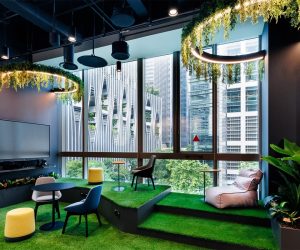
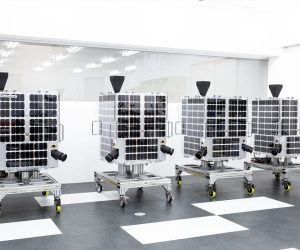
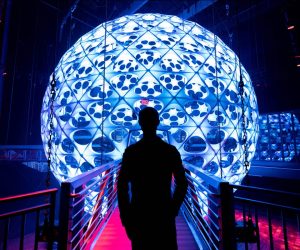

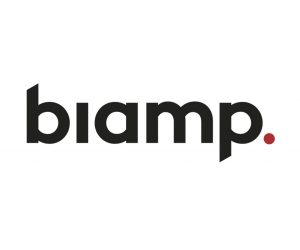

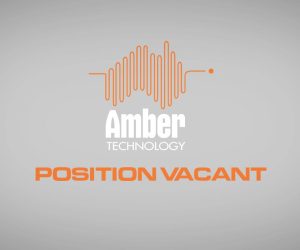

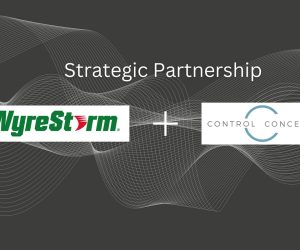
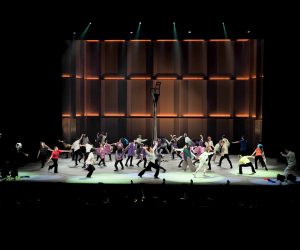



RESPONSES